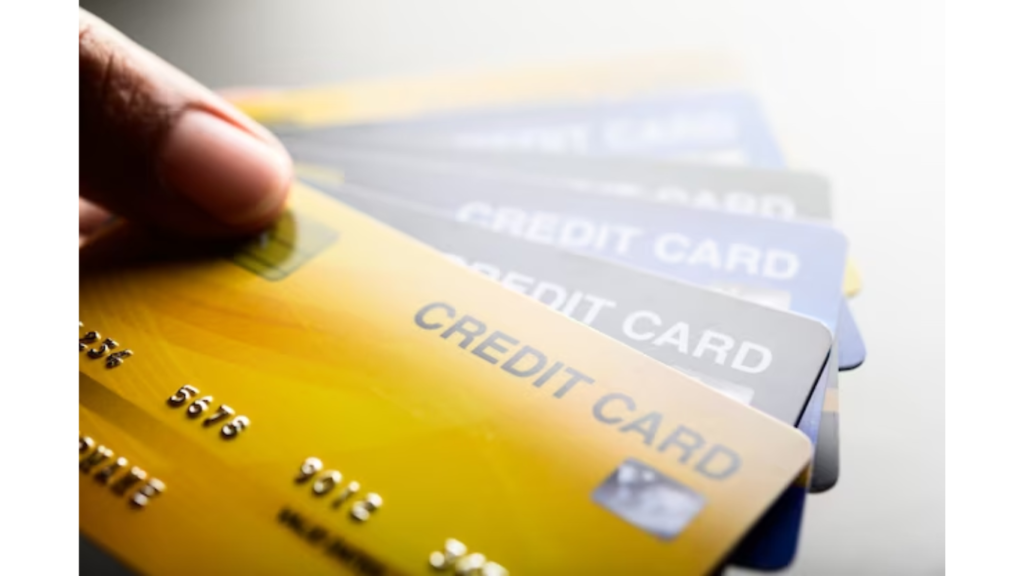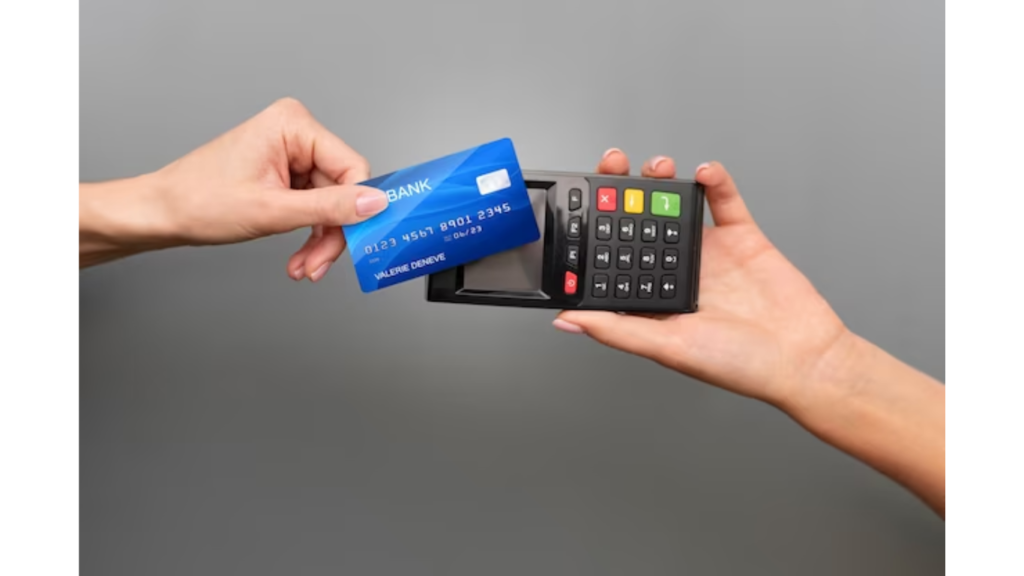Digital payments are bolstering the economy globally. Gone are the days when consumer transactions were done only in cash. This digital transformation of commerce has been developing the payment landscape. The expansion of card-based electronic payments has drastically changed how consumers pay for goods, how businesses are managed, and how the government makes and accepts payments. Credit cards increase the number of customers by giving them easy access to their money while also reducing the amount of cash and checks that need to be handled by businesses. They also encourage broader financial inclusion by introducing formal financial services to those who do not have access to the traditional banking system. Because fewer transactions in the grey economy go unreported, card-based electronic payments also give governments a better chance to raise additional tax revenue.
Introduction
Credit cards are often used as a transactional medium where consumers pay off their balances in full each month. The fact that they are used as a transactional medium reflects the convenience of the cards; individuals can minimise their cash balances, which allows them to shift their assets into higher-return investments. Consumers are switching to this electronic system as it is more convenient and allows them to make more informed purchasing decisions. Merchants are able to access a huge client base with guaranteed payment, reducing the amount of cash and cheque that need to be handled. The question arises: how are these credit cards helping to boost the economy of a country? and why credit cards? The use of credit cards is giving birth to an economic cycle wherein higher levels of consumption lead to higher output levels, resulting in job creation and an increase in income, thus driving the economy. It is not necessary to keep cash reserves that are always enough to pay current expenses when using credit cards. They provide flexibility for consumers in matching their income and expenditure streams by alleviating the need to maintain sufficient funds at all times to cover current expenditures.

Benefits of credit card usage
Traditionally, it has been observed that card penetration and economic growth go hand in hand. But the recent pandemic highlighted that even though consumption fell, card penetration increased rapidly. This may be due to the COVID restrictions and contactless shopping. If there are any fraudulent card purchases, individuals get compensation while card networks keep a check on deceitful business practices. This security compliance makes it easier for consumers to feel safe with their payments.
Another added benefit of using credit cards is their perks, especially facilitating online purchases and international travel. Easy access to offshore services where carrying bulk amounts of local money is not a necessity. Higher card penetration has benefitted in higher quantity of currency money or fiat money in the capital markets without printing it. By supplying cards rather than paper cash, central banks make huge financial savings in the capital management of a nation.
Lastly, card payment will lead to the erasure of the black economy. The trend to avoid paying taxes by businesses has been increasing, which is a concern for a country’s economy. Card payments create an audit trail; hence, fewer transactions are unrecorded, leading to higher tax collections.
Impact of payment card use on macroeconomy
SOURCE: The Impact of Payment Cards on Economic Growth
The use of payment cards has a positive impact on GDP and private consumption. Increases in private consumption that are attributable to card usage drive corresponding increases in GDP. This is determined by three main aspects-
- Card penetration as a percent of total personal consumption expenditures
- Growth of card usage year over year relative to personal consumption; and
- Actual percentage of GDP that is represented by personal consumption
According to the analysis, the increased use of cards contributed an additional $245 billion to consumption across 70 countries between 2015 and 2019. It is also estimated that 0.08% of the 3% growth in real GDP over the sample period is attributed to increased card penetration. Real consumption grew at an average of 2.9% in the same period, of which 0.14 percentage point is attributable to increased card penetration. That supports the addition of about 2.1 million jobs globally
on average per year. The impact varied considerably from country to country because of differing growth rates, larger penetration in some countries, and the
consumer reaction to a more robust card infrastructure in some countries. Card usage increased the most in Greece (0.31%), Uruguay (0.25%), Puerto Rico (0.24%), Russia (0.16%), the U.K. (0.15%) and South Korea (0.15%). The estimated GDP elasticity, or responsiveness of GDP to increases in card penetration, for developed countries is much higher than it is for emerging markets because the card penetration rate is more
than two times the size for developed countries, where it averages almost 49%, as it is for emerging economies, where penetration averages 20%. This is not surprising considering that developed countries have more established payment networks, consumers who are more comfortable using cards, and environments where cards are accepted by most merchants. By comparison, cash payments are still more prevalent
in emerging economies. Analysing the impact of future card usage on GDP is not simply an academic exercise. As more consumers around the world shift their spending from paper to payment cards, these results quantify the positive macroeconomic impact of this secular trend.

Conclusion
Due to their transactional effectiveness, customer access to credit, and general consumer confidence in the payment system, credit cards are a major force in the world economy. Card adoption and use are positively correlated with economic expansion, which raises the GDP. The use of payment cards also encourages consumer confidence and broadens people’s access to credit. Additionally, it encourages financial inclusion for the most vulnerable by providing a secure and effective cash substitute for individuals without access to the conventional banking system.
Blog by Tamanna Shaikh






